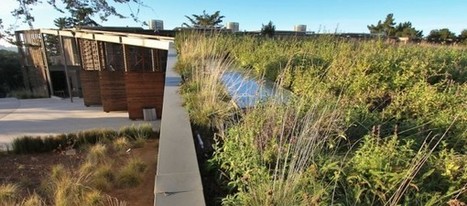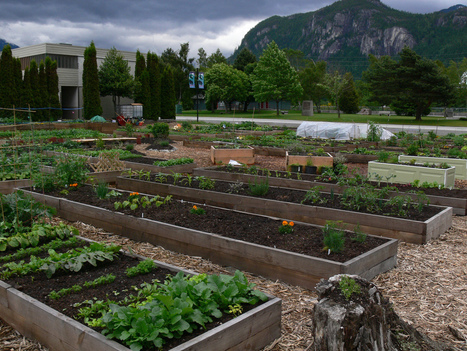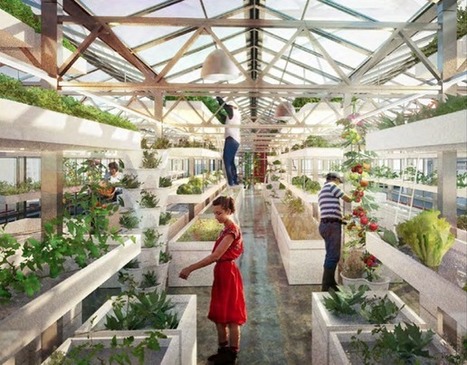Many cities are coming to the realization that creating a smart and sustainable city means ultimately attaining a high level of economic efficiency, a high quality of life, a highly desirable place in which to live and do business, and a meaningful commitment to environmental responsibility.
But what really makes for a green or sustainable city? And how can sometimes highly diverse urban areas attain it?
Via Lauren Moss



 Your new post is loading...
Your new post is loading...












9 Elementos Esenciales verdes para el Desarrollo de Ciudades Sostenibles